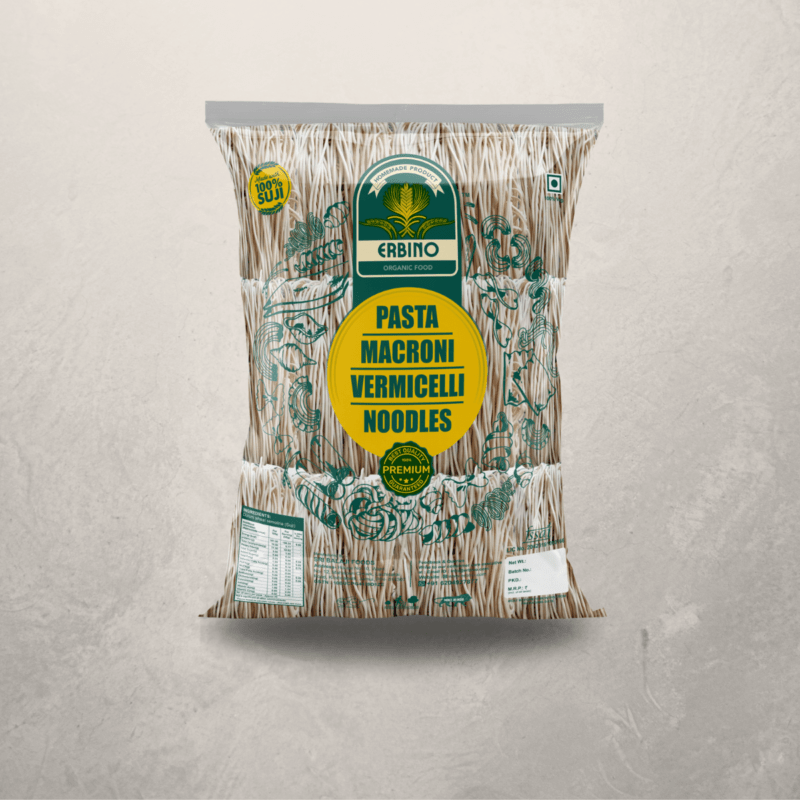Vermicelli
₹10.00
Traditional Italian pasta is known by different names in different parts of the world like “semiya”, “sevai”, “she’reya”, “aletria” etc. Vermicelli is also popular in Asian countries like China, and Vietnam where it is made in the form of thin, long noodles. The best way to prepare it is by boiling it in water and tossing it in some herby, butter sauce.
Origin – Italy
Color – Yellow
Nutrition – 100 g of vermicelli pasta has 0 g of sodium.
Recipe – Vermicelli Pasta with Milk and sugar
Vermicelli is a well-known pasta type that resembles thin and short Spaghetti pasta. The origins of this pasta are quite confusing, as each country claims this variety to be it’s own.






